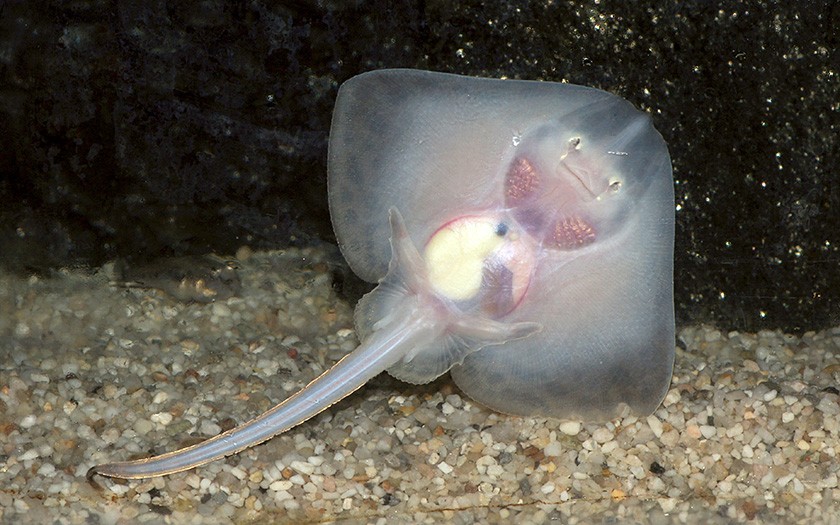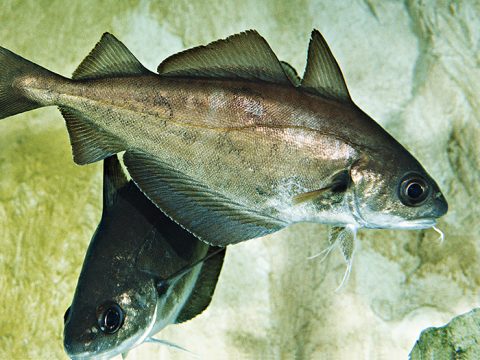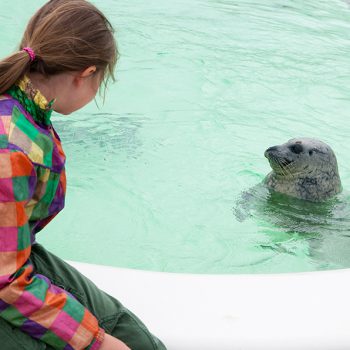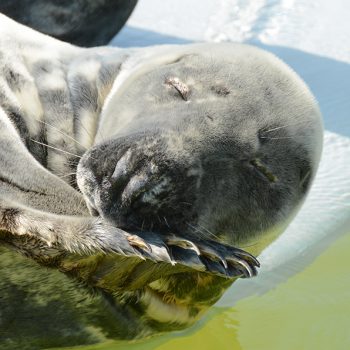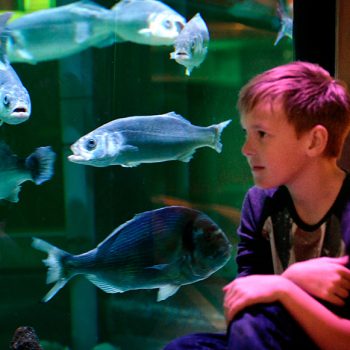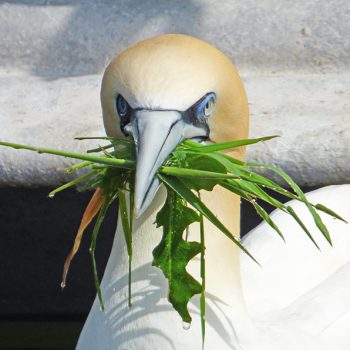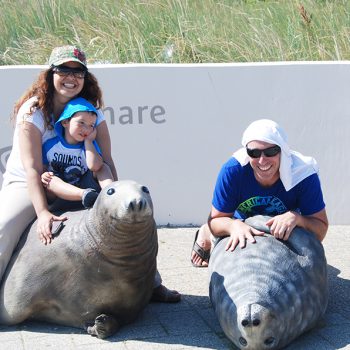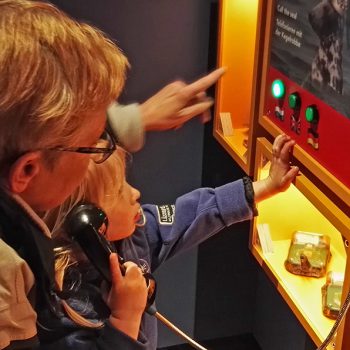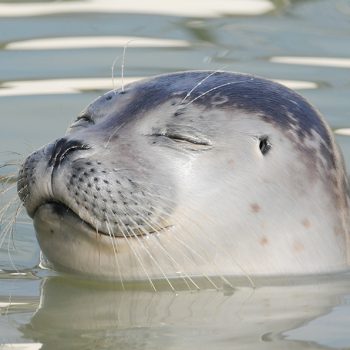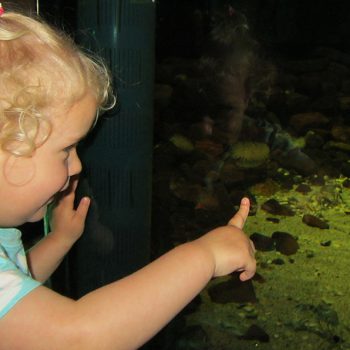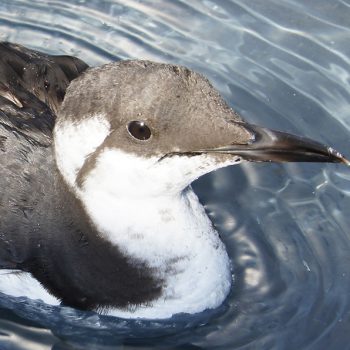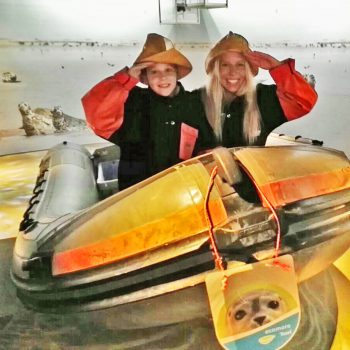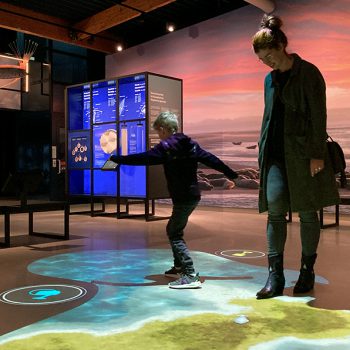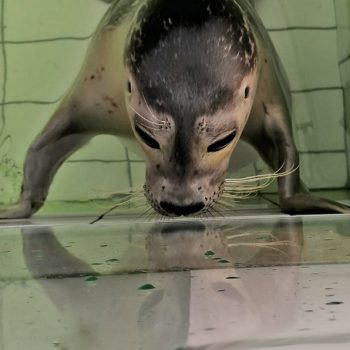Rays are cartilaginous fish, just like sharks. The entire skeleton consists of cartilage instead of bones. All rays have a flattened body. The rays that live in the North Sea spend most of their life lying quietly on the sea floor. When they swim, their pectoral (side) fins look like wings with which they ‘fly’ through the water. Around 10 species of rays are found in the North Sea. Small species, such as the spotted ray, the thornback ray and the starry ray are the most common. The largest ray species in the North Sea, the skate, has become rare since the 1960s. Another scarcity for this area is the stingray.
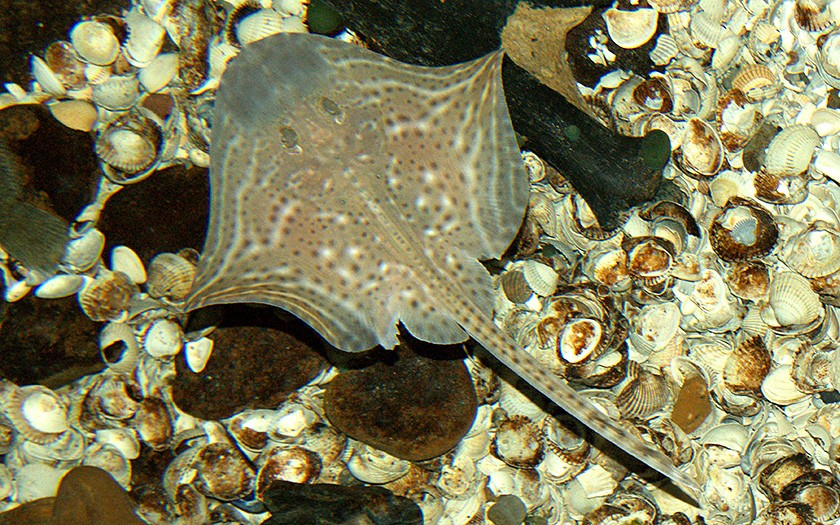
Sharp fluctuations in ray population
Much has changed in the numbers and distribution of rays in the Dutch tidal waters and the North Sea. The thornback ray and the stingray used to be caught a lot in the Wadden Sea, the delta waters and coastal waters but have since become much rarer. They were also found in the southern North Sea, together with the skate and the spotted ray. Skates have practically disappeared there and most other species are hardly ever caught. The starry ray is the exception and has been able to survive the best. It is unknown just how common this species used to be in Dutch coastal and tidal waters.
In 2009, the European Commission made a European Action Plan for cartilage fish. In this plan, there are ideas for more research on and better protection of the most vulnerable rays and shark species.
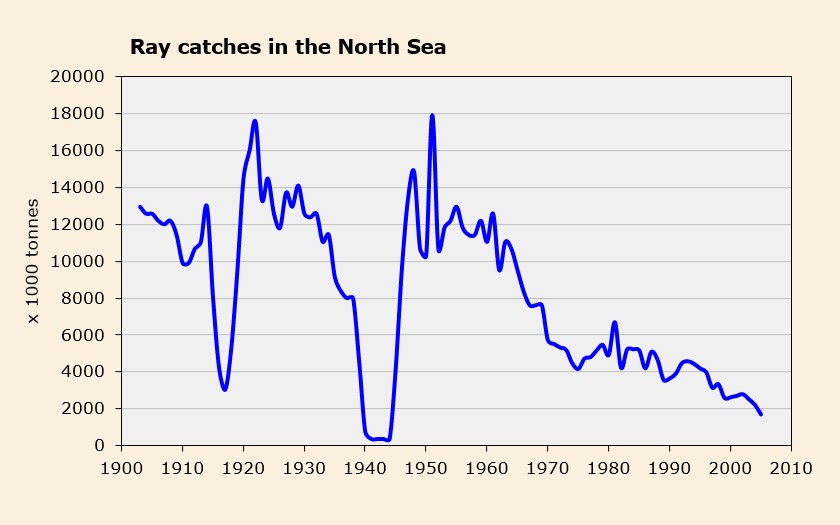
Ray eggs on the beach
The thick, often black rectangular pouches with spines at each corner, which are sometimes found on the beach, are egg capsules from rays. Almost all ray species in the North Sea lay eggs; they attach them to stones, wrecks or seaweed. You can identify which ray species the capsule belongs to by the color and shape of the pouch and the length of the spines.
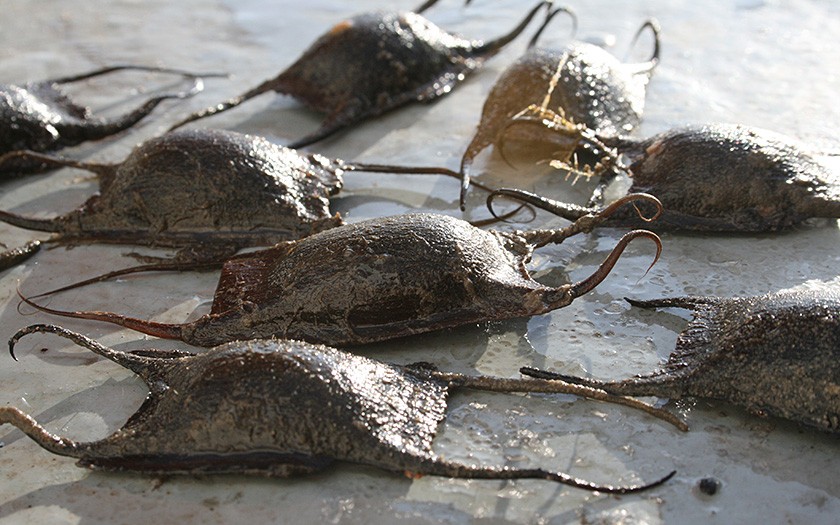
What do rays eat?
Rays in the North Sea feed upon fish, crustaceans and molluscs.
Young rays
